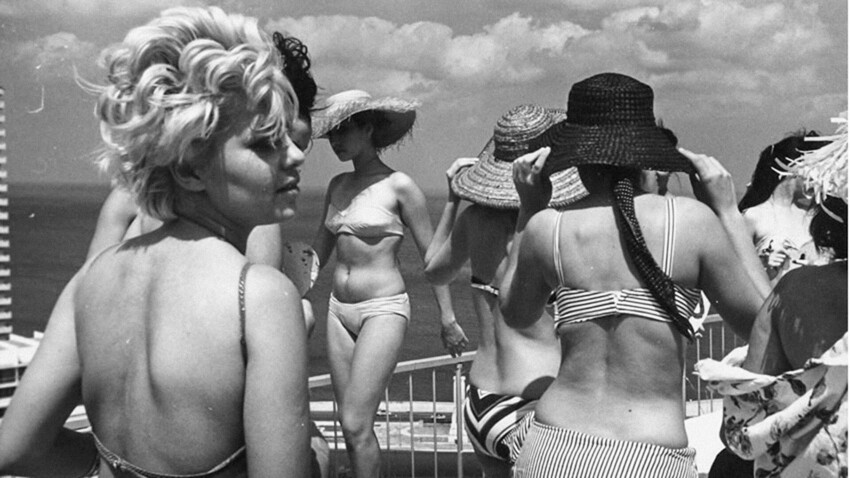
Mikhail Kalatozov began his directing career in the 1920s-1930s with avant-garde films that were criticized for “formalism” – meaning for pursuing form, rather than content. Back then, this politically dangerous accusation was thrown at all interesting directors – both Sergei Eisenstein and Dziga Vertov had their share of it. The time for experiments had passed and the directors were required to make a ‘Soviet Hollywood’ – movies understandable for the mass viewer. So, Kalatozov literally went to study in Hollywood – he spent several years in America in the 1940s, establishing business contacts between the cinema industries of the two countries.
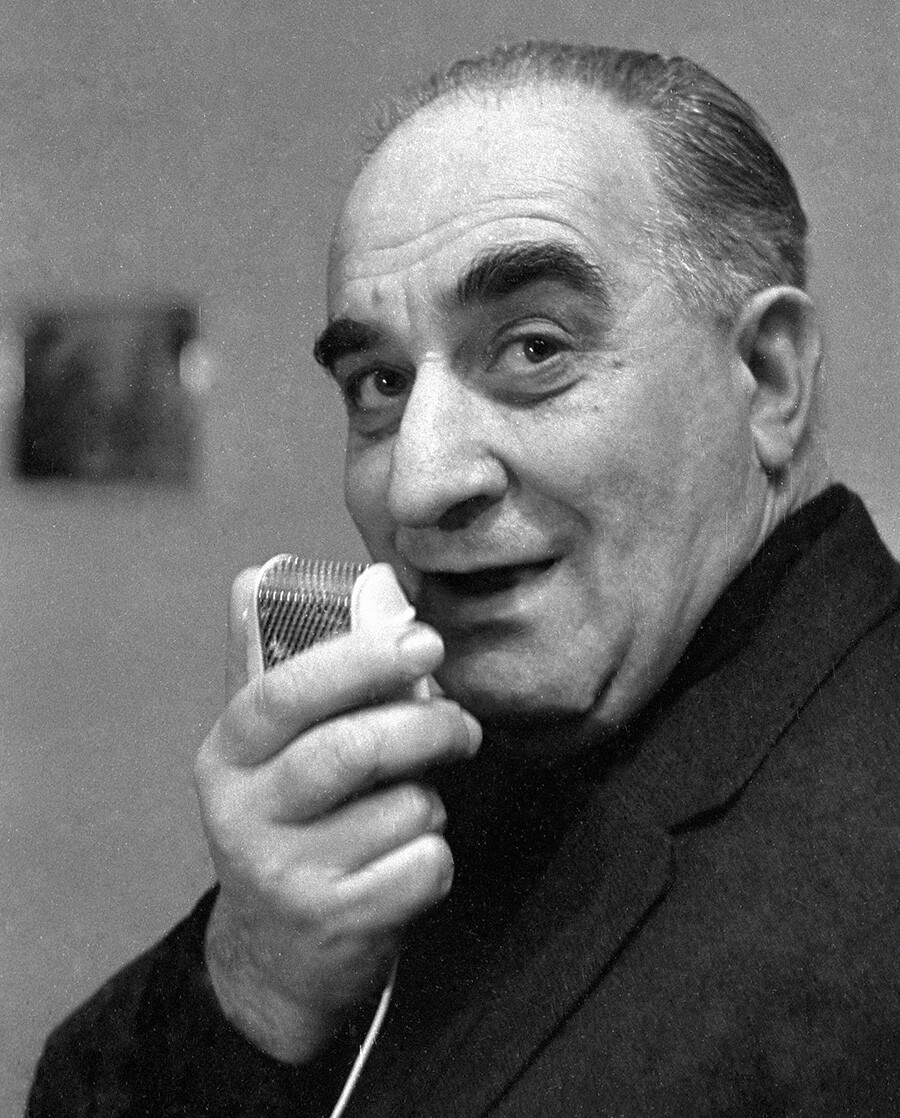
Mikhail Kalatozov
SputnikIn the 1950s, the director returned to active work. Once every couple of years, he released a movie – each bolder than the last. Over these years, he found his main associate, virtuoso cameraman Sergey Urusevsky. Among their mutual works, two are most famous. One of them – ‘The Cranes Are Flying’, a melodrama against the backdrop of World War II. The other – ‘I Am Cuba’ – a cinematic poem about the Cuban Revolution that would become the director’s second-last movie. In 1969, Kalatozov filmed a large-scale Soviet-Western co-production titled ‘The Red Tent’ – with Sean Connery starring as explorer Roald Amundsen – and left cinema shortly afterwards.
If we are to briefly recount the plot of this movie, it might seem that ‘I Am Cuba’ is a standard anti-American movie made for Soviet cinema. In four short stories, it retells the history of the appearance of the revolutionary movement on the island. In chapter one, we see idle Americans that have turned Cuba into their personal amusement park. Cubans themselves live in slums; poverty forces young women to engage in prostitution. In the second short story, an elderly peasant burns down his house and his sugarcane plantation in desperation, along with the harvest, when he learns that an American company is about to take his land away from him. In the third and fourth chapters, the situation on the island heats up – street skirmishes grow into a wave of popular outrage that tears down the pro-American regime of Fulgencio Batista.

A still from ‘I Am Cuba’
Mikhail Kalatozov/Mosfilm, ICAIC, 1964However, its brilliant visual form – exquisite black-and-white picture and incredible angles – turns a propaganda piece into a poem about the union of man and nature. The skies, the thicket of reeds, shabby huts and snow-white multi-story houses turn into the heroes of the movie, equal to humans. To be precise – there’s only one main character in the movie and they’re stated in its name. It’s Cuba itself; we hear her (female) voice reading monologues in the background between short stories. Like this one: “For you [Americans], I’m casinos, bars, hotels, brothels. But, the hands of those children and elderly are also me.”
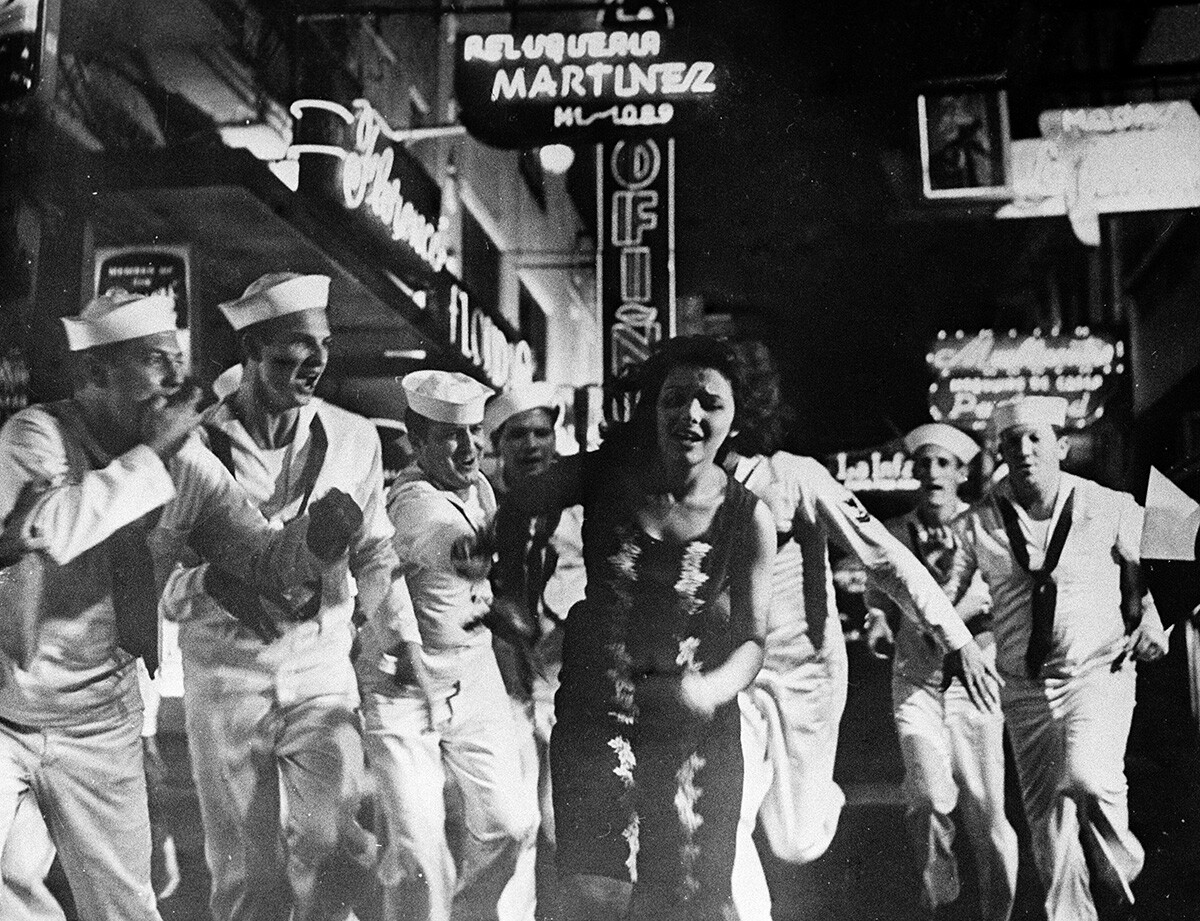
A still from ‘I Am Cuba’
SputnikTo achieve the full emotional immersion of the viewer, operators filmed everything holding cameras in their hands. The camera in the movie is incredibly mobile, it moves smoothly and as if breaking all laws of physics – soaring high, then smoothly diving down, even submerging in water. No more than five minutes of filming fit onto one coil; the authors utilized the time given to them to the maximum, often shooting long scenes in one go, without breaks. Each of such shoots was meticulously prepared and included the use of diverse technical devices like a hoist, the cable of a cableway (the camera was fixed to it with a magnet), various filters and so on.
More than half a century has passed and, yet, ‘I Am Cuba’ amazes audiences to this day. It’s hypnotizing and enchanting.
Yevgeny Yevtushenko was one of the screenwriters – considered the most famous Soviet poet of the Khrushchev Thaw era and beloved by the pro-Soviet public far beyond his country. Italian director-communist Pier Paolo Pasolini seriously considered Yevtushenko for the role of Christ in his movie ‘The Gospel According to St. Matthew’. The poet lived in Cuba for several years, where he was writing news reports, verses and poems. He even personally met Fidel Castro and Che Guevara.
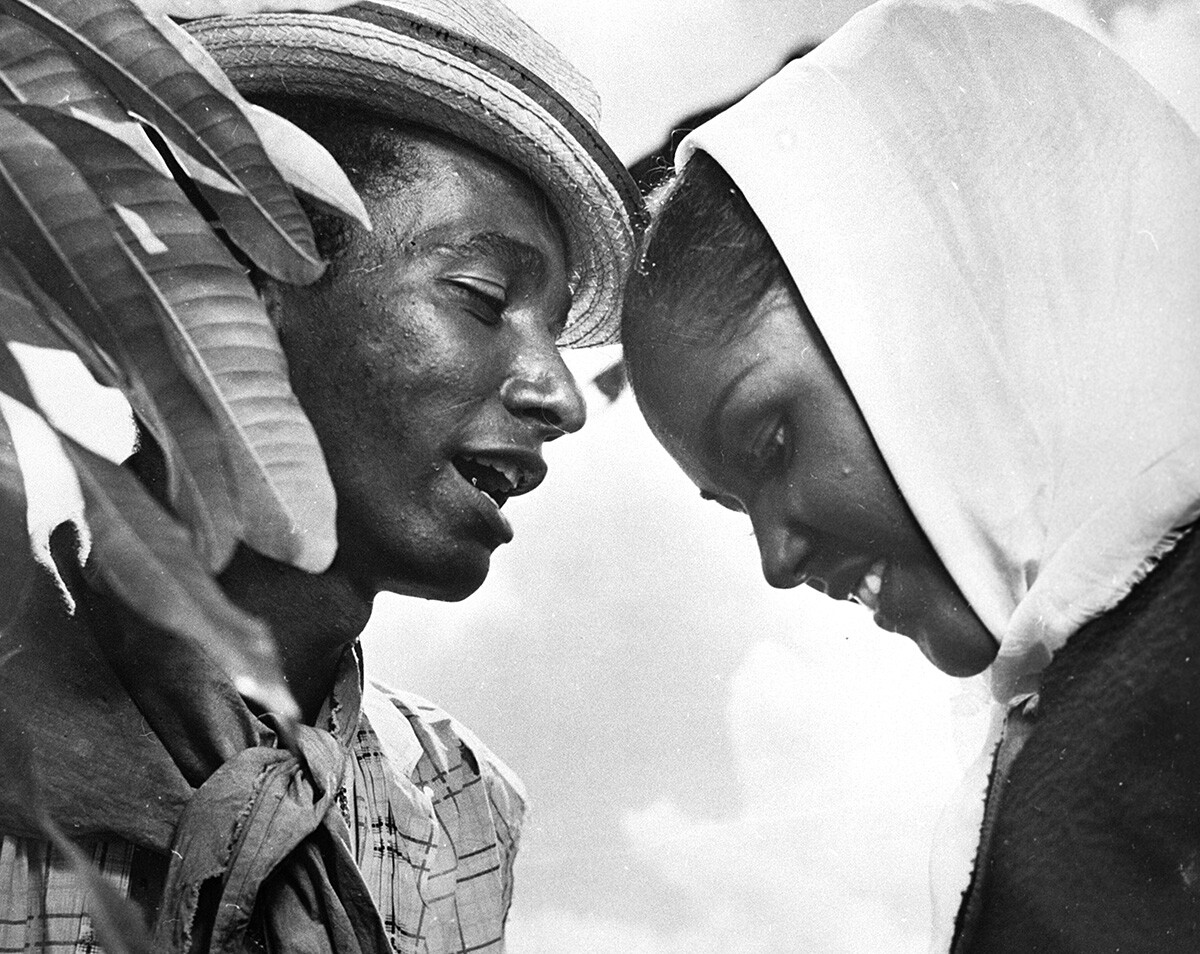
A still from ‘I Am Cuba’
SputnikCuban painter René Portocarrero was one of the production designers for ‘I Am Cuba’, who combined neo-Baroque and Surrealism in his paintings. Obviously, thanks to him, the eerie and stylish dance scene in the first short story seems, today, like a fragment of an unknown movie by David Lynch. Jean Bouise, one of the best French supporting actors, who worked with Jean-Jacques Annaud and Luc Besson, starred as an American collector of pectoral crosses in the same short story.
The movie went ingloriously at the box office – both in Cuba and in the USSR. Yevtushenko, one of its creators, connected the box office failure with the disillusion of the Cubans themselves with the Revolution – the romantically colored film was directly discordant with the dismal everyday life of regular people (to avoid a famine, the government had to introduce food stamps). Soviet viewers also didn’t show much interest. On the one hand, the movie turned out to be too avant-garde; on the other hand, movie critics decided that it was too derivative. “Urusevsky repeats the use of the discoveries he made in his previous masterpiece, ‘The Cranes Are Flying’,” as the ‘Iskusstvo Kino’ (‘The Art of Cinema’) magazine wrote in particular. The movie was quickly forgotten almost immediately after its release.
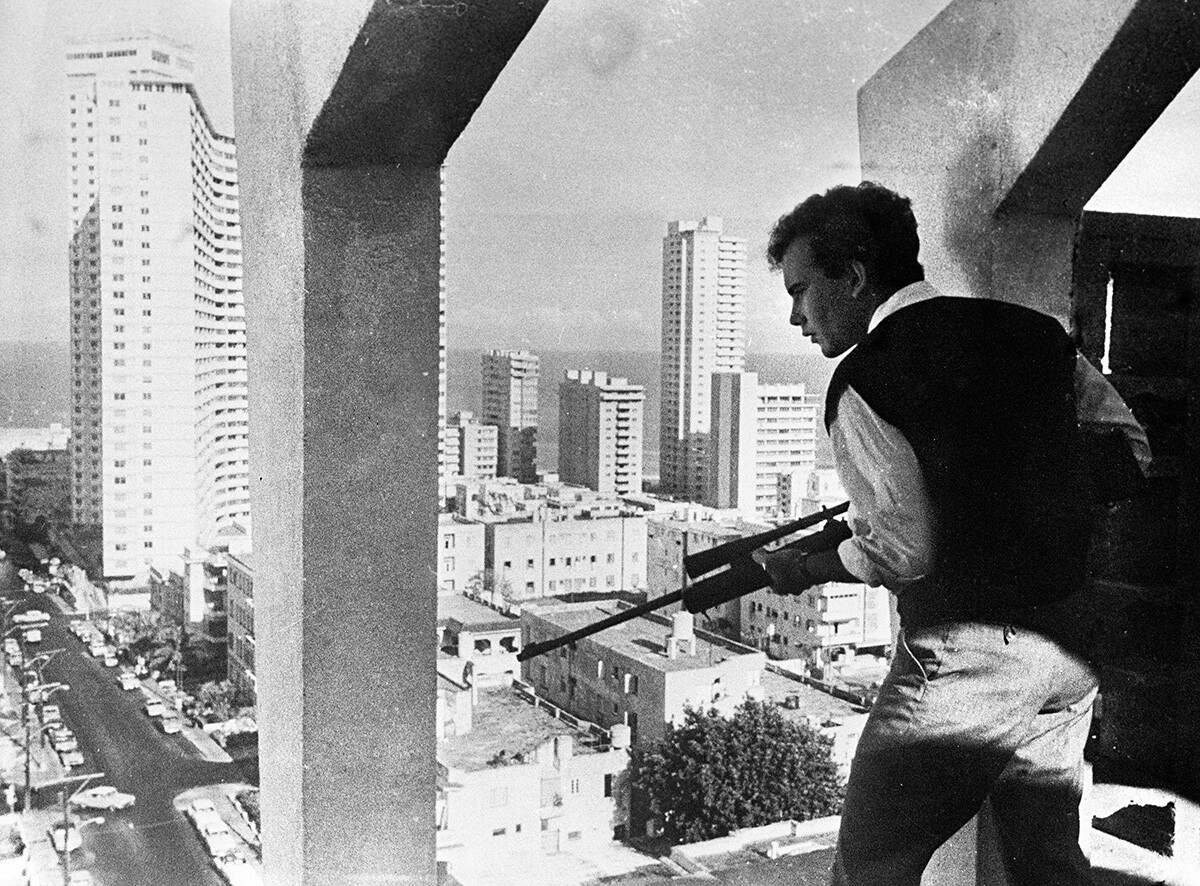
A still from ‘I Am Cuba’
SputnikIts true fame came almost 30 years later. With the efforts of enthusiasts, the movie was discovered and, for the first time, shown to American viewers in 1992 at a festival in Telluride – and it was a resounding success. The second airing happened next year at a festival in San Francisco. The two most virtuoso scenes evoked a standing ovation. An American company bought the rights for the movie and, with the support of two fans of the movie – directors Martin Scorsese and Francis Ford Coppola – restored it and released it in theaters and on VHS. Brazilian director Vicente Ferraz shot a documentary titled ‘I Am Cuba: the Siberian Mammoth’ about how the forgotten masterpiece was created.
One of the most famous scenes of the movie, when the camera circles a beauty contest and dives into a pool – was directly reproduced in the movie ‘Boogie Nights’ (1997) by Paul Thomas Anderson and in the animated series ‘BoJack Horseman’ (2014-2020). The scene with a singer performing in a restaurant was repeated in one of the episodes of the ‘The Marvelous Mrs. Maisel’ series (2017-2023). As Scorsese himself admitted, one of his best movies, ‘Casino’ (1995), was filmed under the strong influence of this Soviet-Cuban movie. His quote from these times is widely known: ‘I Am Cuba’, filmed in the 1960s, “puts to shame anything we’re doing today”.
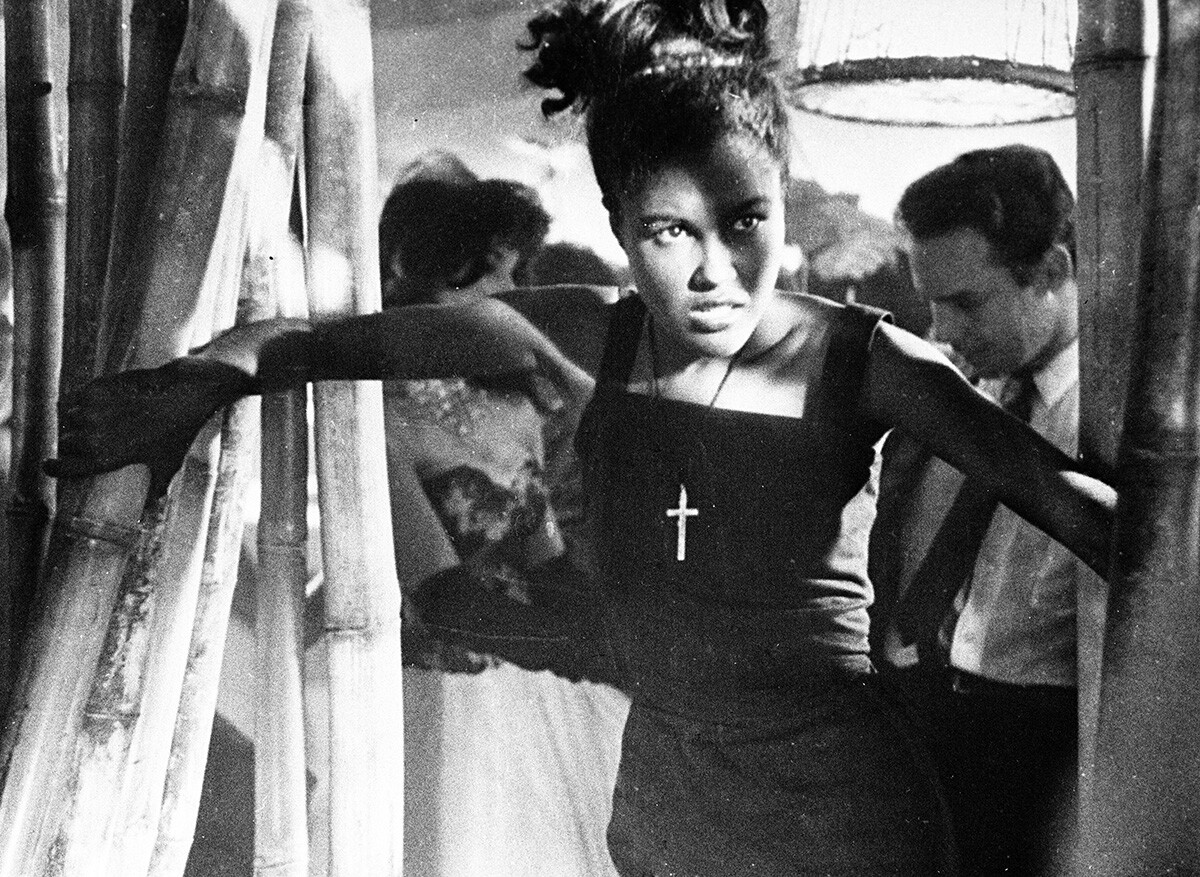
A still from ‘I Am Cuba’
Sputnik‘I Am Cuba’ often makes it onto different lists of best movies in the history of cinema. For example, the masterpiece of Kalatozov and Urusevsky took 825th place on The Guardian’s ‘1,000 films to see before you die’, 688th place in the ‘Top 1,000’, according to The New York Times, while in the ‘Top 500’ by Empire magazine, it took 112th place – higher than ‘The Silence of the Lambs’ (1991) and ‘Seven’ (1995).
Dear readers,
Our website and social media accounts are under threat of being restricted or banned, due to the current circumstances. So, to keep up with our latest content, simply do the following:
If using any of Russia Beyond's content, partly or in full, always provide an active hyperlink to the original material.
Subscribe
to our newsletter!
Get the week's best stories straight to your inbox